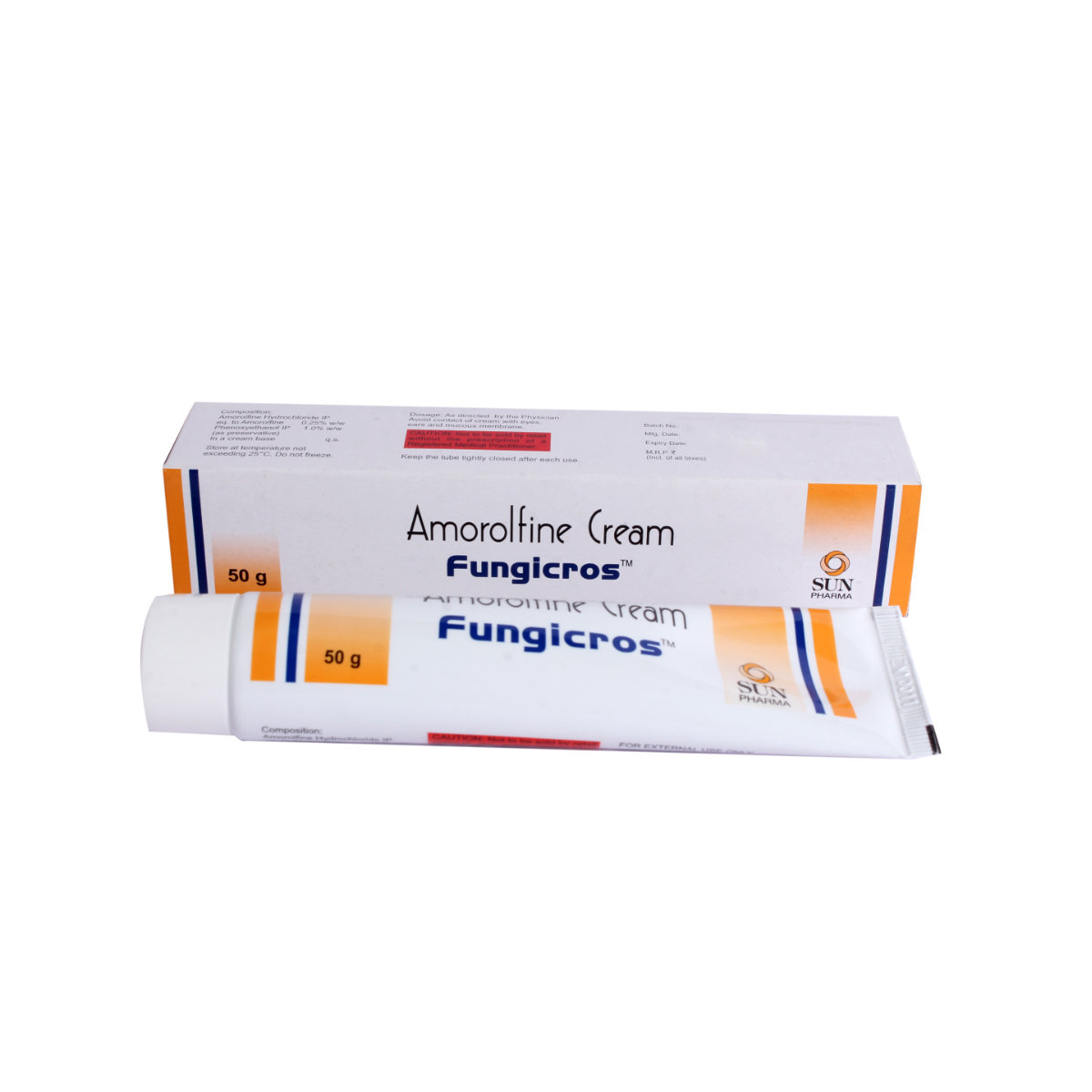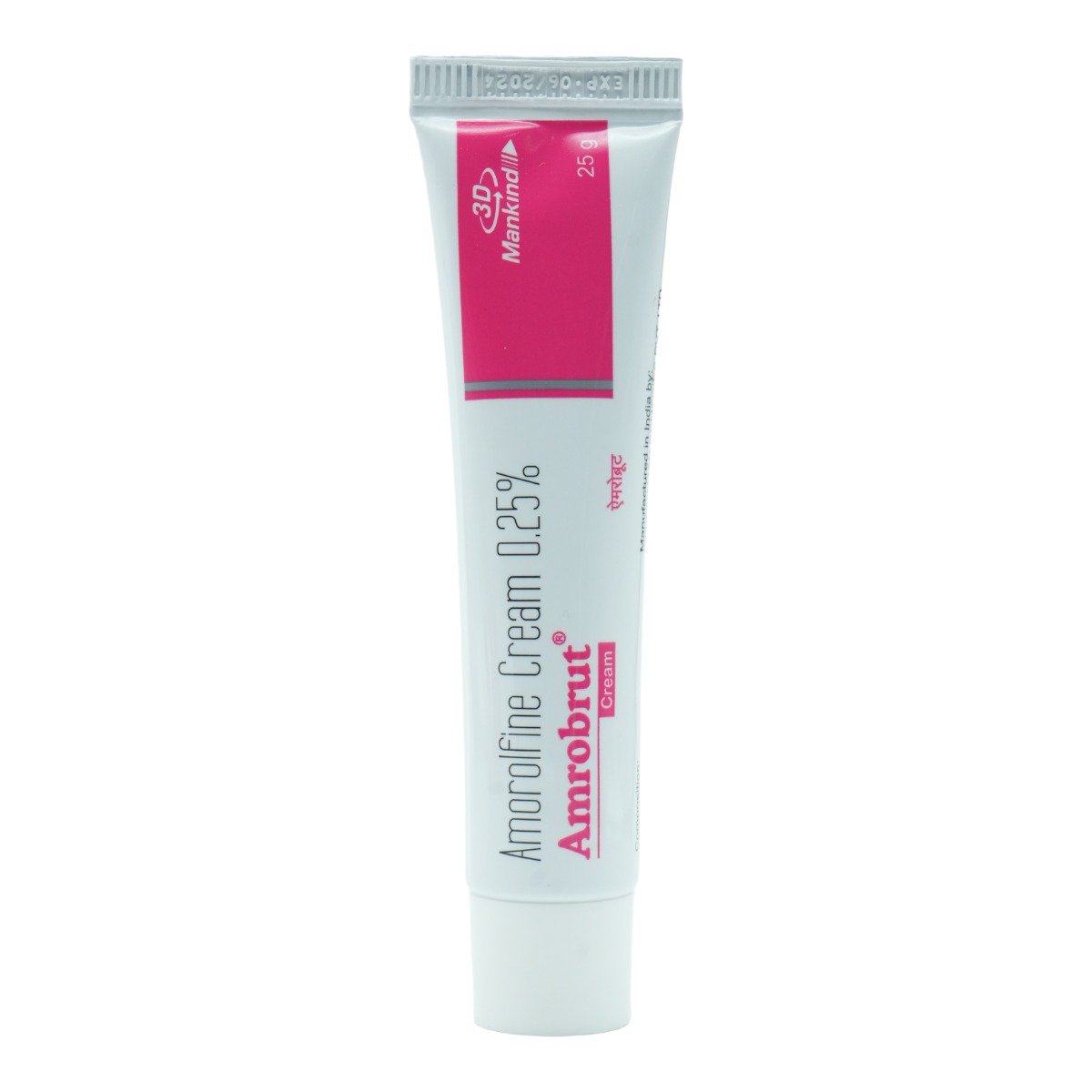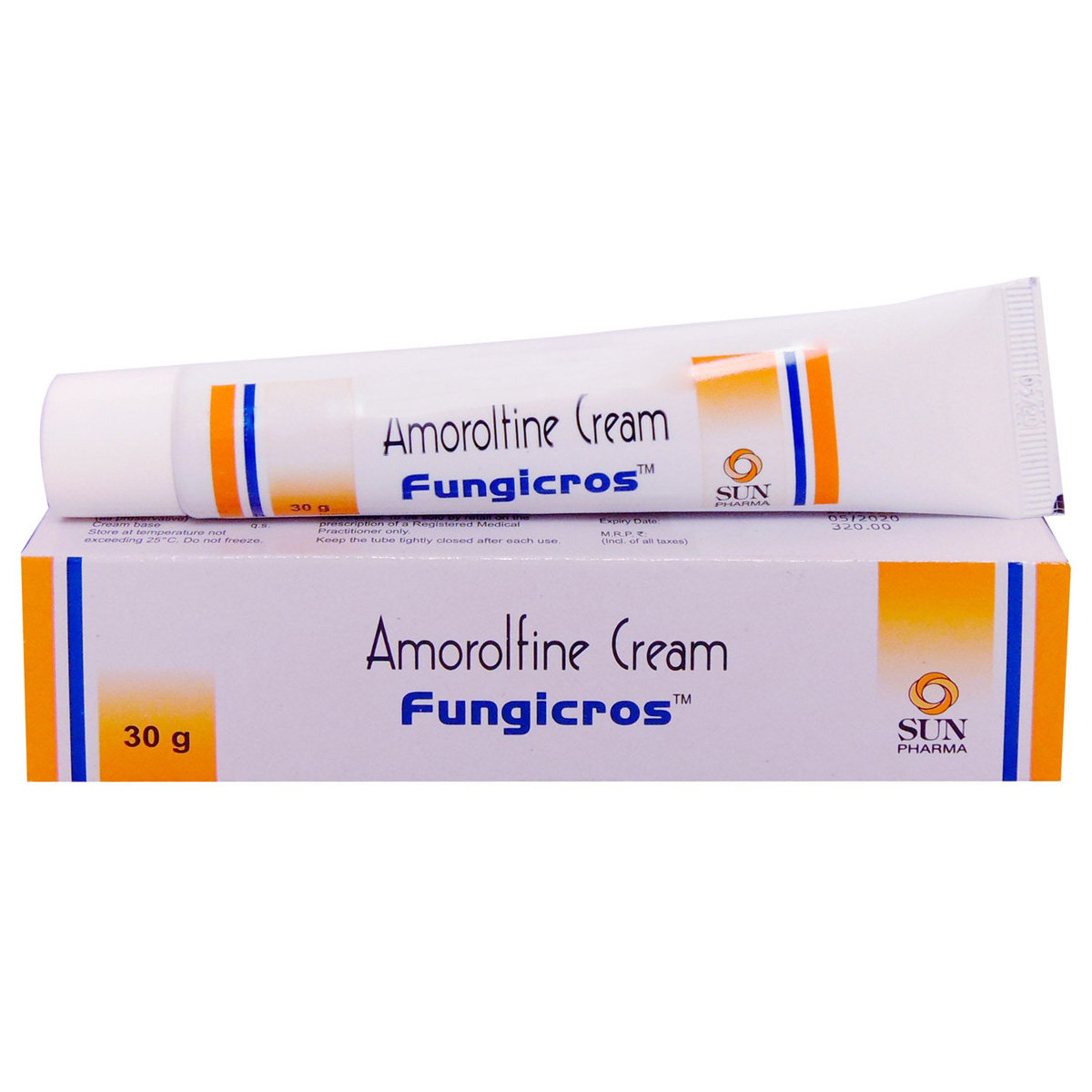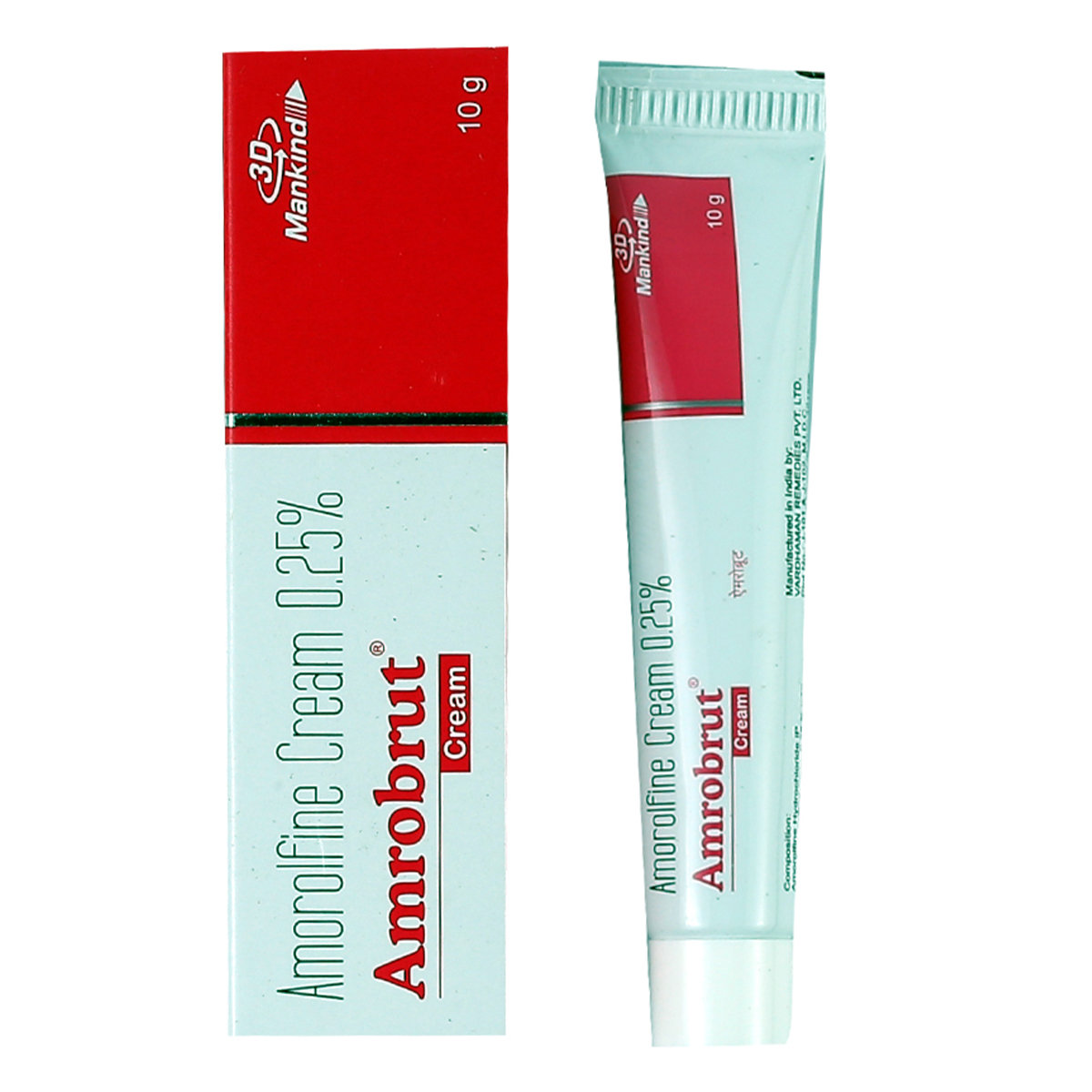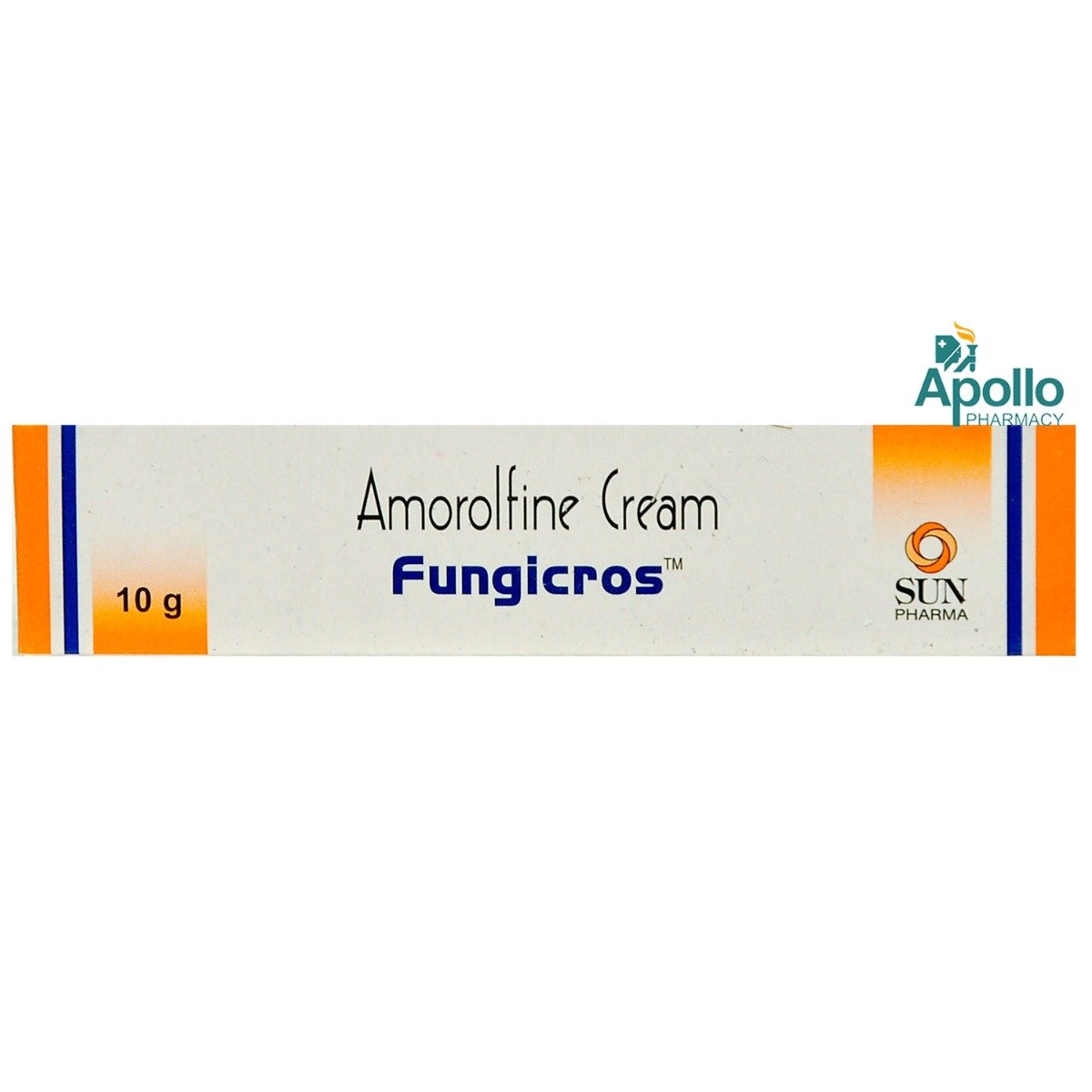Amrolmac 0.25%W/W Cream

MRP ₹233
(Inclusive of all Taxes)
₹35.0 Cashback (15%)
know your delivery time
Provide Delivery Location
Composition :
Manufacturer/Marketer :
Consume Type :
Expires on or after :
Return Policy :
Selected Pack Size:15 gm
15 gm ₹209.7
(₹13.98 per gm)
In Stock
30 gm ₹348.3
(₹11.61 per gm)
In Stock

Secure Payment

Trusted by 8 Crore Indians

Genuine Products
Therapeutic Class
Country of origin
Manufacturer/Marketer address
Author Details
We provide you with authentic, trustworthy and relevant information
Disclaimer
Alcohol
Safe if prescribed
It is unclear whether alcohol can be taken while using this medication. However, as a precautionary measure, it is advisable to avoid alcohol consumption while using any medicine.
Pregnancy
Consult your doctor
There is limited data on how the Amrolmac 0.25%W/W Cream affects pregnancy. Please consult your physician if you are planning to become pregnant or already pregnant before starting this medication.
Breast Feeding
Consult your doctor
Please consult your physician before using Amrolmac 0.25%W/W Cream if you are breastfeeding. If you need to apply the cream on your breasts, don't do this shortly before giving a feed.
Driving
Safe if prescribed
Amrolmac 0.25%W/W Cream may not cause any side effects related to driving ability. So it is safe to use in driving.
Liver
Consult your doctor
Amrolmac 0.25%W/W Cream is safe to use if recommended by the physician. If you have any concerns regarding the use of Amrolmac 0.25%W/W Cream in patients with Liver problems, please consult a physician.
Kidney
Consult your doctor
Amrolmac 0.25%W/W Cream is safe to use if recommended by the physician. If you have any concerns regarding the use of Amrolmac 0.25%W/W Cream in patients with Kidney problems, please consult a physician.
Children
Safe if prescribed
Inform your physician before using this medication because it may discuss the risks and benefits of this medication used in children.
Product Substitutes
About Amrolmac 0.25%W/W Cream
Amrolmac 0.25%W/W Cream belongs to a class of 'antifungal' drugs primarily used to treat fungal skin and nail infections. Fungal infection occurs when a fungus invades and affects the tissue on the skin. Symptoms of a fungal infection include skin rash, irritation, redness, and scaling of the skin.
Amrolmac 0.25%W/W Cream contains Amorolfine and Phenoxyethanol. Amorolfine is an antifungal medicine. It works by stopping producing a chemical called 'ergosterol' in fungi that causes fungal infection. Without ergosterol, the fungus cannot survive. As a result, infection-causing fungi die. At the same time, Phenoxyethanol acts as a preservative.
Amrolmac 0.25%W/W Cream is usually a safe medicine with no or limited side effects. In some cases, you may experience certain common side effects such as dry skin, itching, redness, or burning sensation of the skin. Most of these side effects of this medication do not require medical attention and gradually resolve over time. However, if the side effects persist or worsen, please consult your physician.
Avoid using Amrolmac 0.25%W/W Cream if allergic to it. Pregnant and breastfeeding women should use this medication with proper consultation and caution. Amrolmac 0.25%W/W Cream is to be used on children below 12 years of age only when advised by the child doctor.
Uses of Amrolmac 0.25%W/W Cream
Medicinal Benefits Mweb
Key Benefits
Amrolmac 0.25%W/W Cream is an antifungal that is primarily used to treat fungal infections of nails and skin such as ringworm, jock itch and athlete’s foot, seborrheic dermatitis (dry, flaky skin on face, scalp, chest, upper back, or ears) and pityriasis (a type of skin rash that causes scaly, discoloured patches on chest, back, legs and arms). It works by stopping producing a chemical called 'ergosterol' in fungi that causes fungal infection. Without ergosterol, the fungus cannot survive. As a result, infection-causing fungi die. At the same time, Phenoxyethanol acts as a preservative.
Directions for Use
Side Effects of Amrolmac 0.25%W/W Cream
- Itching
- Dry skin
- Redness
- Burning sensation of the skin
Drug Warnings
Let your physician know if you plan to become pregnant or are already pregnant and a lactating mother before suing Amrolmac 0.25%W/W Cream. It is advised to reach out to your physician if the fungal infection symptoms persist or worsen after two treatment weeks. Before applying Amrolmac 0.25%W/W Cream, clean and dry the affected area. Avoid contact of Amrolmac 0.25%W/W Cream with nose, mouth or eyes. If Amrolmac 0.25%W/W Cream comes in contact with these areas accidentally, rinse with water thoroughly. Do not wash the treated areas for a minimum of 3 hours after you apply Amrolmac 0.25%W/W Cream.
Drug-Drug Interactions
Drug-Drug Interactions
Login/Sign Up
Drug-Food Interactions
Drug-Food Interactions
Login/Sign Up
Drug-Diseases Interactions
Drug-Diseases Interactions
Login/Sign Up
Habit Forming
Special Advise
Diet & Lifestyle Advise
- Always wear loose-fitting clothes to avoid further sweat and spread of the fungal infection.
- In wet places such as changing rooms and gym showers, don’t walk on barefoot to prevent fungal infections.
- Regularly change your socks and wash your feet. Avoid shoes that make your feet sweaty and hot.
- Regularly change your socks and wash your feet. Avoid shoes that make your feet sweaty and hot.
- Do not walk barefoot at places like gym showers to prevent fungal infections.
- Do not scratch the affected area of skin as it can spread the infection to other body parts.
- Avoid sharing towels, combs, bedsheets, shoes or socks with others.
- Wash your bedsheets and towels regularly.
- Follow a candida diet if you suffer from vaginal yeast infection. Candida diet excludes high sugary foods, some dairy products and foods with artificial preservatives.
- Avoid or limit the intake of alcohol and caffeine.
All Substitutes & Brand Comparisons
RX
Out of StockArolson Cream
Unison Pharmaceuticals Pvt Ltd
₹160
(₹4.8/ 1gm)
65% CHEAPERRX
Out of StockZydiwon Cream
₹335
(₹6.03/ 1gm)
56% CHEAPERRX
Out of StockPaxbro Cream
₹199
(₹8.96/ 1gm)
35% CHEAPER

Have a query?



